
- Fountain pen in hand, the first thing most people (some say as high as 97 percent) write is their name.
- The original “big four” of fountain pens in the USA were Conklin, Parker, Sheaffer and Waterman. Conklin was later nudged out of the list by Eversharp (Wahl Eversharp, if you may).
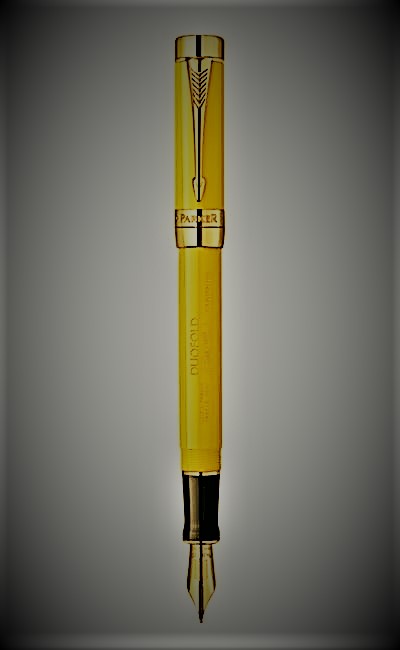
- Mandarin Yellow was added to the Duofold line in 1927, thanks primarily to George Parker’s infatuation with all things Chinese. It was as unpopular in its day (and would have been discontinued had it not been the owner’s pet project) as it is popular today with the collectors. As a matter of fact, yellow was the most brittle of all the Duofold colours and most pens are known to be prone to cracking, especially near the cap tip.
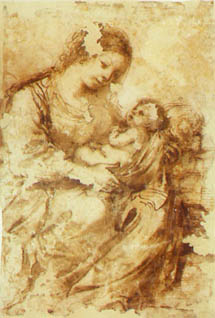
- Iron Gall Ink – basically ink made by mixing iron salts with tannic acid – has had the longest run as the ink of choice for scribes, from about the fifth to the nineteenth century and is still used by a select few. The American Declaration for Independence was signed using it, Pliny the Elder wrote about its recipe, the oldest, most complete Bible known to exist (Codex Sinaiticus) was written with it and Leonardo da Vinci was known to have used it to draw many of his sketches. Why, France and Great Britain even had laws specifying its contents for Royal and legal use.
- Montblanc was founded by a banker from Hamburg and an Engineer from Berlin to produce simple pens. The year was 1906. The names of the two gentlemen were Alfred Nehemias and August Eberstein.
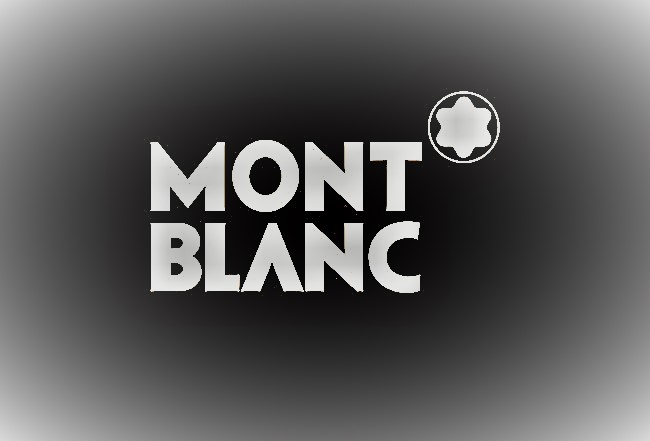
- Meisterstück is German for Masterpiece – a term that was first used in 1924 and was aimed primarily for the export market.
- The white, stylised, six-pointed snow cap with rounded edges, representative of the Montblanc peak from above, was adopted in 1913. Today it ranks among the logos with the highest recall and is certainly one of the most known among fountain pen brands.
- Parker, Waterman Paris and Rotring are now owned by Newell brands. Incidentally, Reynolds and Papermate are also parts of the same family.
- “The pen is mightier than the sword” was coined in 1838 by English author Edward Bulwer-Lytton. It won’t hurt to know that it is a classic example of a Metonymic (a figure of speech in which a thing or concept is referred to by the name of something closely associated with that thing or concept) adage, perhaps the most famous in its class about writing implements.
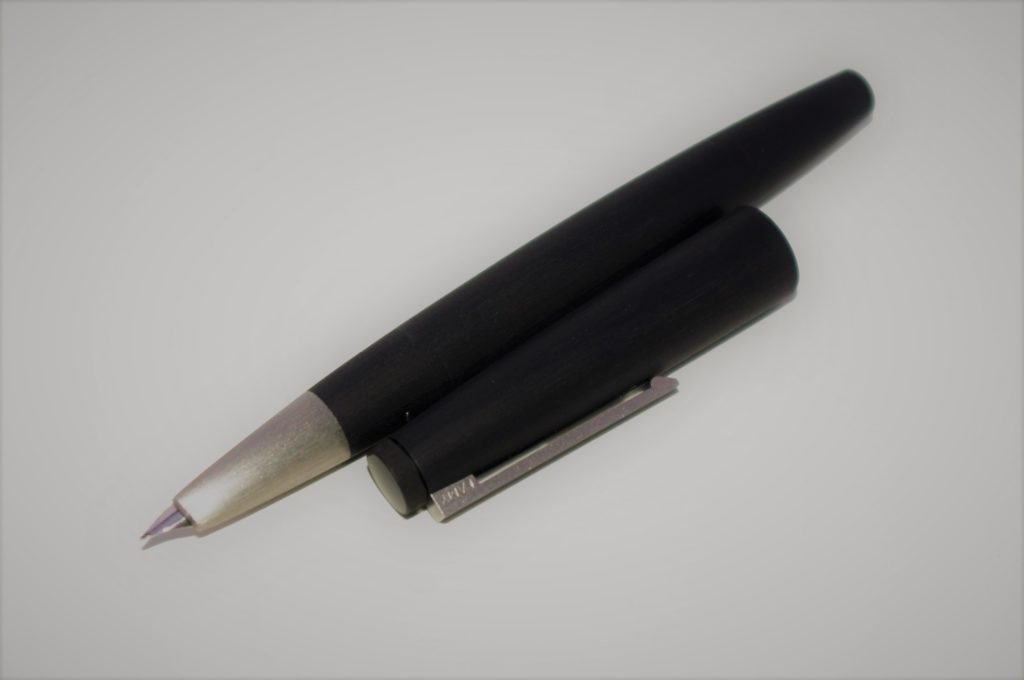
- Almost everyone can relate the terms Bauhaus, Makrolon, Gerd Alfred Müller and “Form Follows Function” to the iconic Lamy 2000. What is less known is the fact that the “Makrolon-Stainless Steel” visual aesthetic was borrowed from the Braun’s Sixtant electric shaver.
- William Shakespeare is said to have written the Twelfth Night using iron gall ink around 1602.
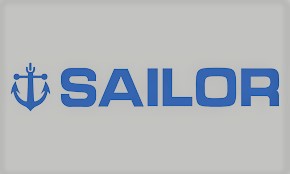
- Kyugoro Sakata, an engineer from Hiroshima first saw a fountain pen with a friend from England. The year was 1911 and the friend who first showed the fountain pen was, you guessed it, a sailor. The rest is history.
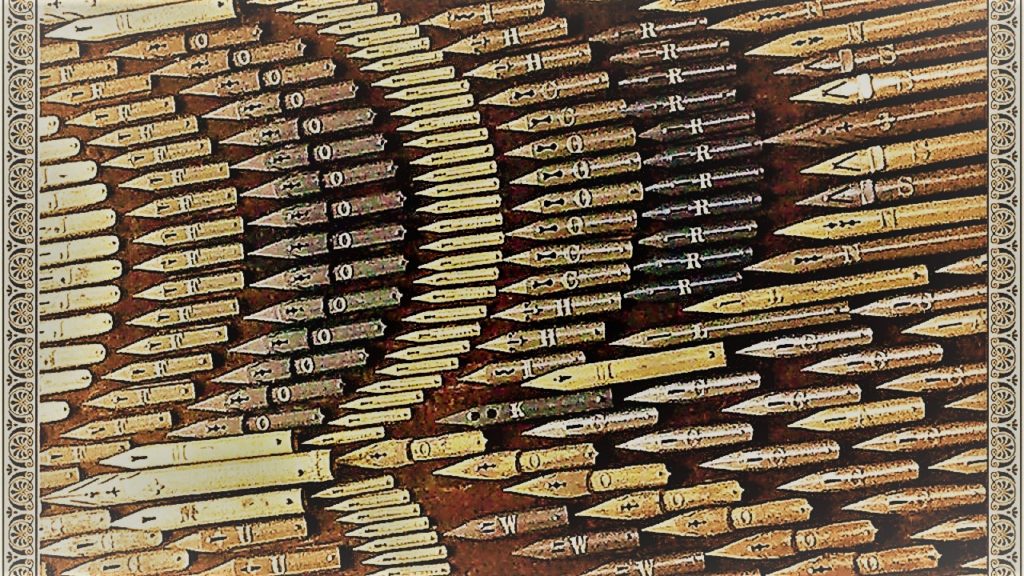
- Birmingham was the first “pen city”. In its peak about 100,000 varieties of pens were manufactured in the city which had shot into fame in the 1850’s when about half the steel nibs in the world were manufactured there. Birmingham was also a pioneer of sorts, as about seventy percent of the workforce had then comprised of women.
- Artist Amerigo Bombara has constructed working models based on the drawings / designs of Leonardo da Vinci, of what looks like reservoir pens that incorporate both gravity and capillary action. In fact, many experts believe that Leonardo may have himself used such a pen based on the consistency of the lines in his journal.
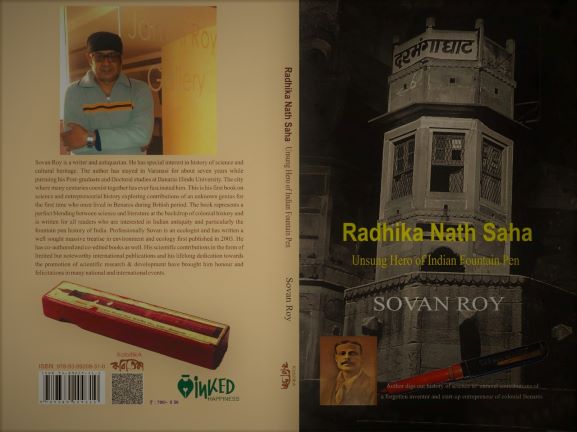
- Mahatma Gandhi, Rabindra Nath Tagore, Mulana Abdul Kalam Azad, Dr Rajendra Prasad all used Luxmi Stylo and Fountain Pens made in Varanasi by India’s first commercially branded fountain / stylo pens made by Radhika Nath Saha, the “unsung hero of Indian Fountain Pen”.
- Radhika Nath Saha, according to the research of Dr Sovan Roy had, at least fourteen fountain pen and related patents in four countries – UK, USA, Germany and India.
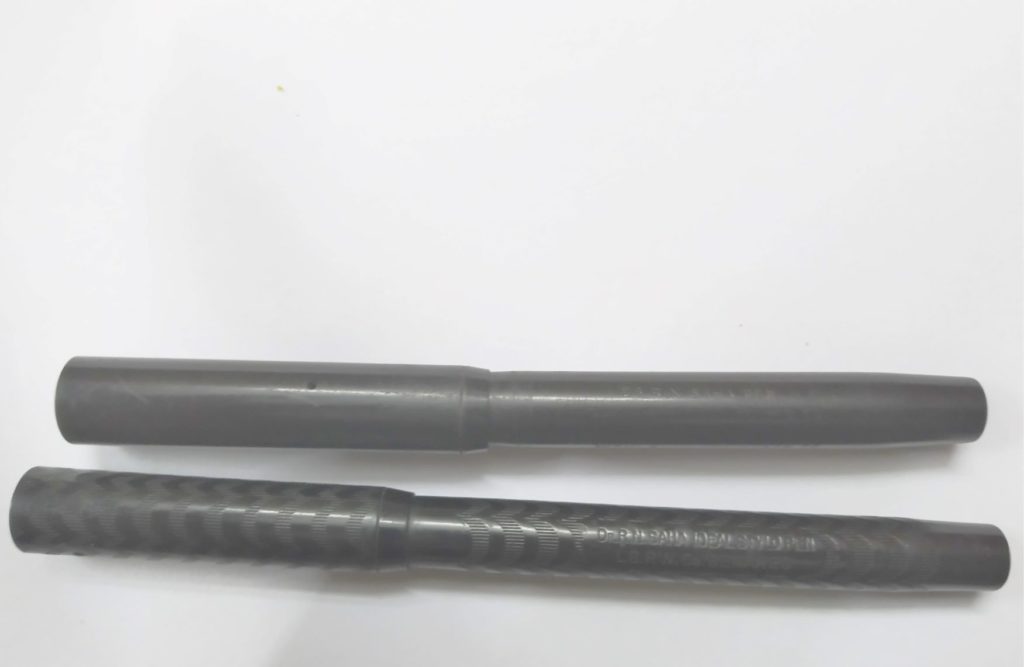
- India Ink was actually invented in China. India Ink was also known to have medical applications.
- English chemist William Henry Perkin, while trying to find a cure for Malaria stumbled upon synthetic dyes in 1856 which would go on to become the staple for inks.
- Pen Knives were never Pens, they were knives for thinning and pointing quills to prepare them for use as dip pens. They were also used for sharpening pencils.
- The death sentence is a sad, but often times, a necessary thing and breaking the pen used to carry it out, expresses that sorrow, which explains the practise of judges breaking the nib after the passing of a death sentence. It is a symbolic practise in India since the days of the British Raj.
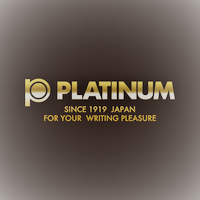
- Nakaya is perhaps the only company of its kind that employs the retired (from Platinum) as master craftsmen. Incidentally, the original name pf the Platinum Pen Company was Nakaya when it was founded in 1919.
An outbound link improves the visibility. That is why, even though there is no connection, i am adding this link to another site of mine: http://www.sinpr.in/
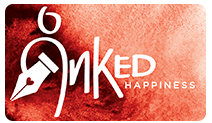
Lots of information igniting the pen passion.Thank you for the story…
I don’t even know if i can get more fountain pens in this current financial crisis..
Great article sir. Very interesting sir. Lot’s of information in the post.